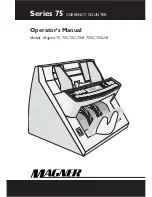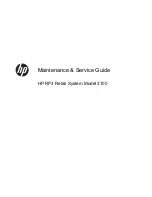
3.7.1
Types of Cabinet
T
he following table provides on overview of the most common types
of cabinet. It also shows the principle of heat removal, as well as the
estimated, maximum achievable power loss removal and the type of
protection* .
Open Cabinets
Closed Cabinets
Through-ventilation by
natural convection
Increased
through-ventilation
Natural convection
Forced circulation using
fan assembly, enhanced
natural convection
Forced circulation using
heat exchanger, external
ventilation inside and
outside
Heat removal primarily
by natural thermal
convection, small
portion via the cabinet
wall
Increased heat removal
through increased air
movement
Heat removal only
through the cabinet wall;
only low power
dissipation permissible.
Heat accumulation
usually occurs in the top
of the cabinet.
Heat removal only via
the cabinet wall. Forced
ventilation of the
internal air results in
improved heat removal
and prevention of heat
accumulation.
Heat removal through
exchange between
heated internal air and
cool outside air. The
increased surface of the
folded-area sectional
wall of the heat
exchanger and forced
circulation of internal
and external air permit
good heat output.
Type of protection IP 20 Type of protection IP 20 Type of protection IP 54 Type of protection IP 54 Type of protection IP 54
Typical removable power dissipation under the following boundary conditions:
••
Cabinet size 2200 x 600 x 600 mm
••
Temperature difference between external and internal temperature of the cabinet: 20 °C**
Up to 700 W
Up to 2700 W (1400 W
with very fine filter)
Up to 260 W
Up to 360 W
Up to 1700 W
*
The location and ambient conditions are decisive for selection of the type of cabinet
protection (see IEC 529 and DIN 40050).
** For other temperature differences, refer to the temperature characteristics of the
cabinet manufacturer.
3.7.2
Clearances in Cabinets
Y
ou must first define the components to be fitted in the cabinet. Then
calculate the total power dissipation of the individual components.
The following stipulations must be observed:
••
The expansion units can be accommodated with the respective
central controller in one cabinet, or in two or more cabinets
(centralized or distributed).
••
On account of the required clearances and maximum permissible
installation height for control elements, a maximum of three
SIMATIC S5 devices can be arranged one above the other.
Selection and Installation of Cabinets with SIMATIC S5
System Manual
3 - 36
C79000-B8576-C199-03
















































